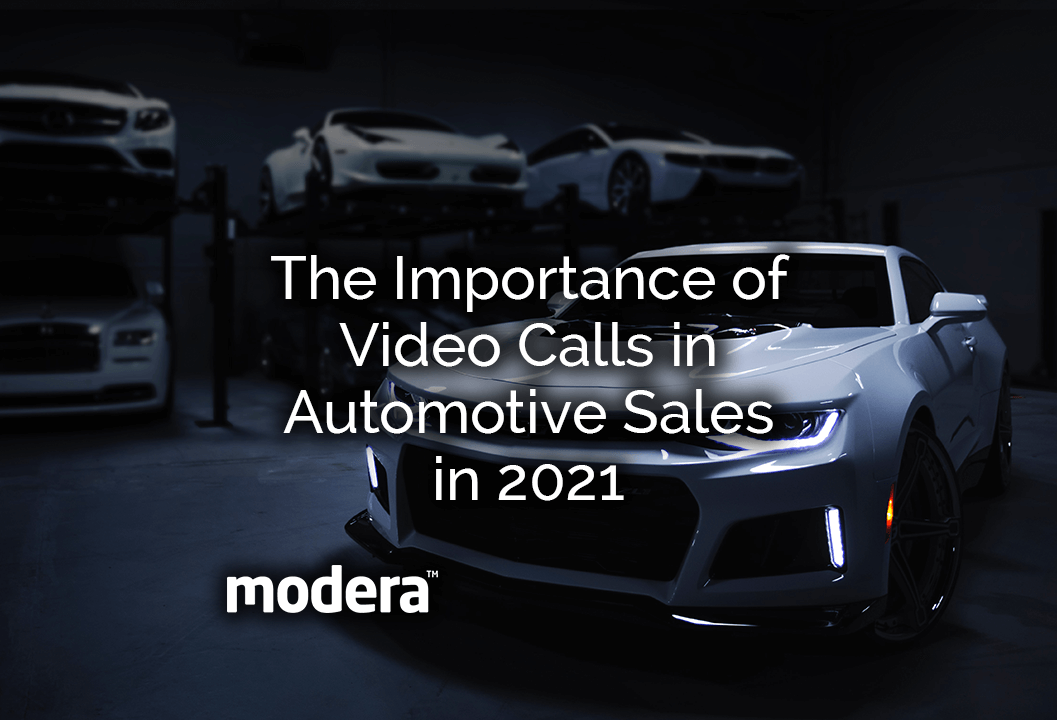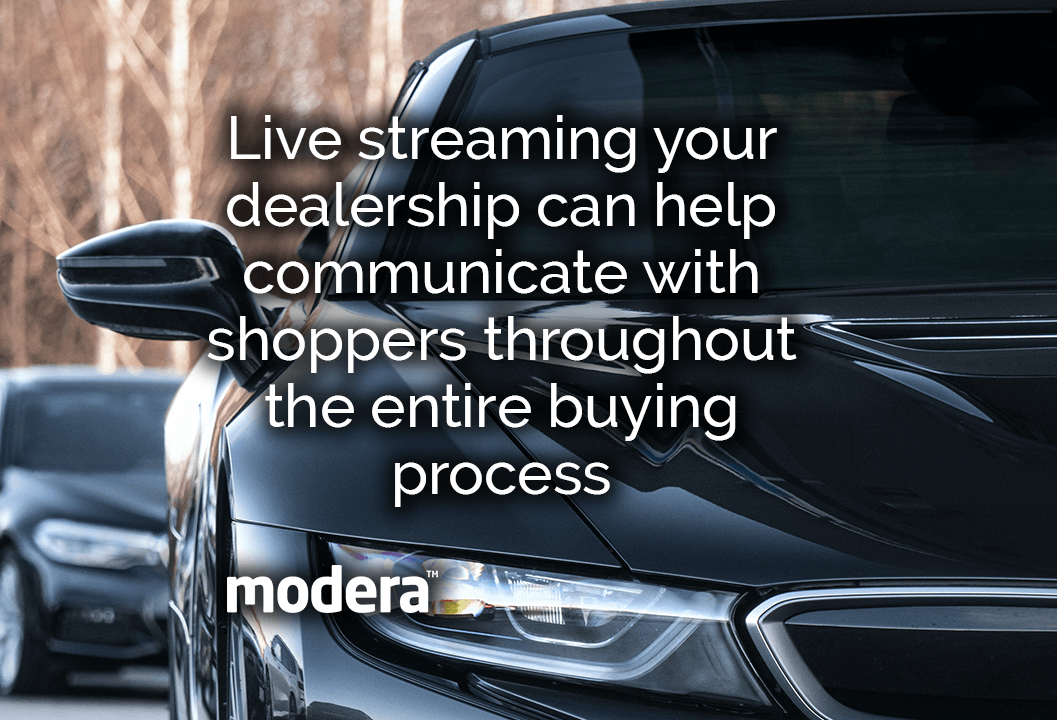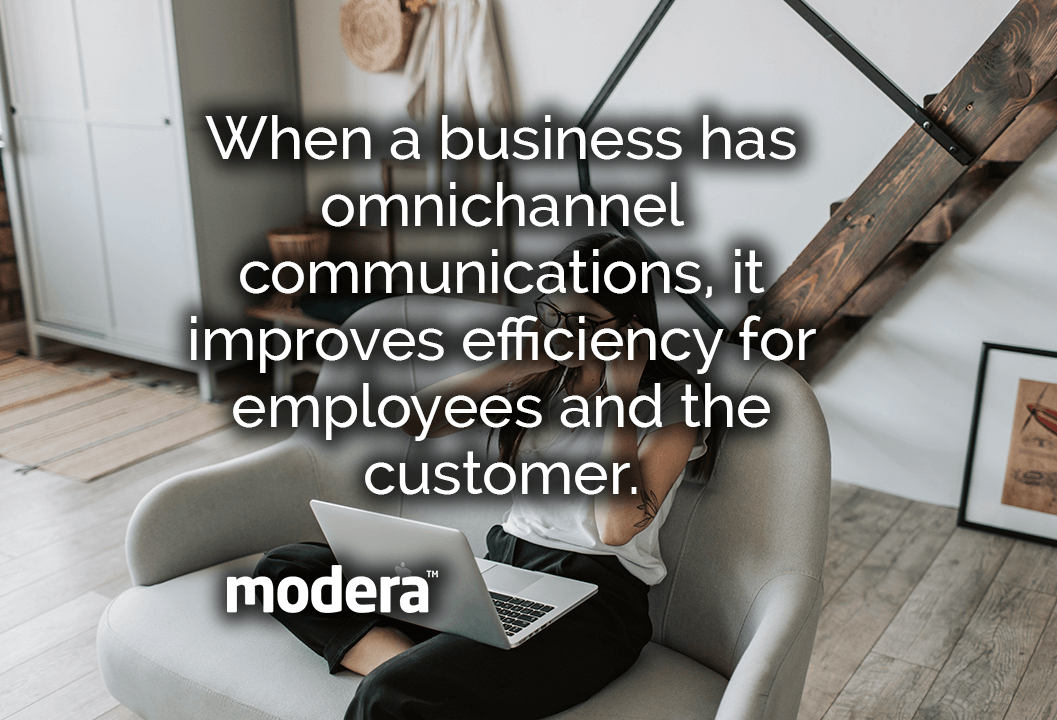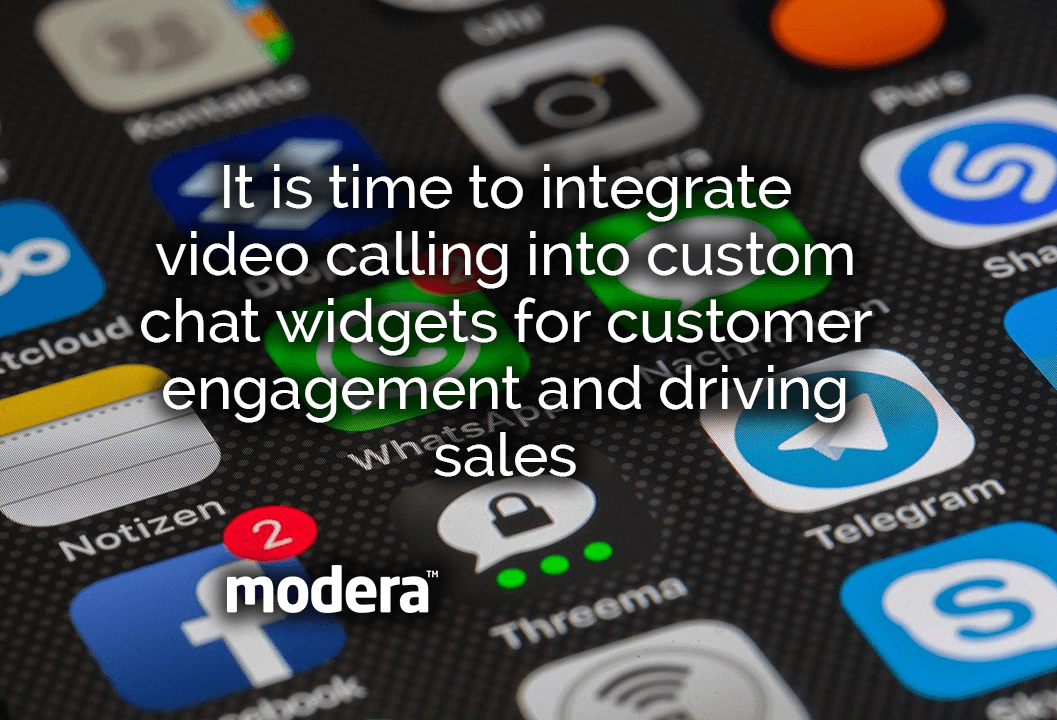
According to a recent global study by McKinsey, just 1% of respondents across all regions and customer groups agreed they are completely satisfied with their car buying experience. The pandemic is to blame majorly for this as it has prompted dealerships to down shutters and allow limited walk-ins. It has accelerated the trend of major elements of the customer journey migrating online.
However, the same survey said that video calls can be the stand-in for an in-person experience. Google research has clearly showed around 64% of shoppers have said that video formats such as a 360 degree view of the car would encourage them to buy a vehicle without even taking a test ride. The writing on the wall is clear – video calls in automotive sales are an integral feature.
Let us find out more:
1. Connecting with customers
As a dealer, you could say – there are many ways for sales and service teams to communicate with customers. Why is video calling important? About a decade ago, Chat came along as a disruptive technology that dealers hated. They didn’t want a chat feature on their website, and encouraged salespeople to use the phone. However, chat became ubiquitous, and now most dealerships have this feature on their website.
The adoption of chat as an effective communications tool is an example of consumer-driven demand. And live video calling, provides your team with a distinct advantage over other forms of communication, not only now but long after the Covid-19 pandemic has passed. It helps to create a virtual personal connection between people that is as close as you could possible get to actually being there. It is perfect for customers who have basic questions about a piece of inventory, hours or location, or who want to set an appointment.

2. Branding and generating leads
Be it traditional video or live streaming, they have a deep impact on auto customers, which actually convert leads into sales. Google research has revealed more than 60% of auto shoppers visited a dealership or even their website, after watching a video of a vehicle they were considering buying. Talking to sales personnel via video chat, recreates the look and feel of an event, which in this case is purchasing vehicles. Retailers like BMW are turning to live streaming to launch and promote vehicles.
3. Pushing customer down sales funnel
Real-time video chat represents an alternative way for dealerships to reach potential buyers. Previously, buyers would visit dealership quite a few times, before they zeroed in on a particular vehicle. Thanks to the Covid-19 pandemic, these visits have dropped largely. It is time to integrate video calling into custom chat widgets for customer engagement and driving sales.
If you are still debating using video calling, because you want customers to come into the store, rest assured it is backwards thinking. These calls are a stellar way to engage a lead early in the sales process, build trust, and develop a personal rapport with your employees. Once the connection is established, let your team take it from there, by bringing the customer down the funnel and asking for an appointment.
As mentioned, the pandemic has reduced the number of people coming to a dealership, so offer them the next best thing – virtual vehicle walkarounds. Live streaming your dealership can help communicate with shoppers throughout the entire buying process, starting from higher funnel questions to lower funnel real-time.
4. Improve after-sales care
Vehicles come with complex features, so the process doesn’t end after a sale. Customer demands and business models are changing fast, so the need for new after-sales service solutions is rising too. When it comes to a dealership perspective, connecting with customers after a sale via video calls can help understand if customers need to bring in the car for repairs of if they have overlooked a feature.

One of the best ways is for service advisors to video the multi-point inspection (MPI), and then send the video to the customer via text or email, along with the recommended repairs. If the customer is hesitant or has questions, all they have to do is initiate a live video call with the service advisor. The advisor answers questions and literally shows the part that has to be fixed live and in real-time. This visual proof gives the customer confidence to approve the necessary repair, and builds more trust. The best after-sales solutions maximize customer loyalty, accelerate profitability and reduce vehicle down-time.
5. Facilitating omnichannel communication
The automotive industry needs to deliver an omnichannel customer experience. It means all of the brand interactions take place on a single platform. For example, if a customer is having an issue, they could start to solve it by seeking help through a video chat. If the salespeople are not able to resolve the issue on a video chat, the call could be directed to a specialist via phone or video. Records of all chats, voice, and video calls would be kept in one conversation history between the customer and the representative. When a business has omnichannel communications, it improves efficiency for employees and the customer. When a business has the option of a video call for customer service, it reduces the customer drop-off rate by up to 70%.

Video calls in automotive sales is an excellent feature that helps to engage customers and turn promising leads into lucrative sales. This feature is here to stay, so it is time for dealerships to start integrating it into their existing framework. Utilizing video calls throughout the sales and service life cycle helps your team to establish and maintain a personal rapport with customers. It ultimately translates to increased customer loyalty and sales!
If you are looking for a videocall /-chat feature for your dealership, then look no further. Modera has developed and integrated a videocall feature to our CRM so that you don’t need to switch between different platforms or lose any valuable data you collect from chats.
Book a demo for Live Video Sales tool or start your free trial here.

